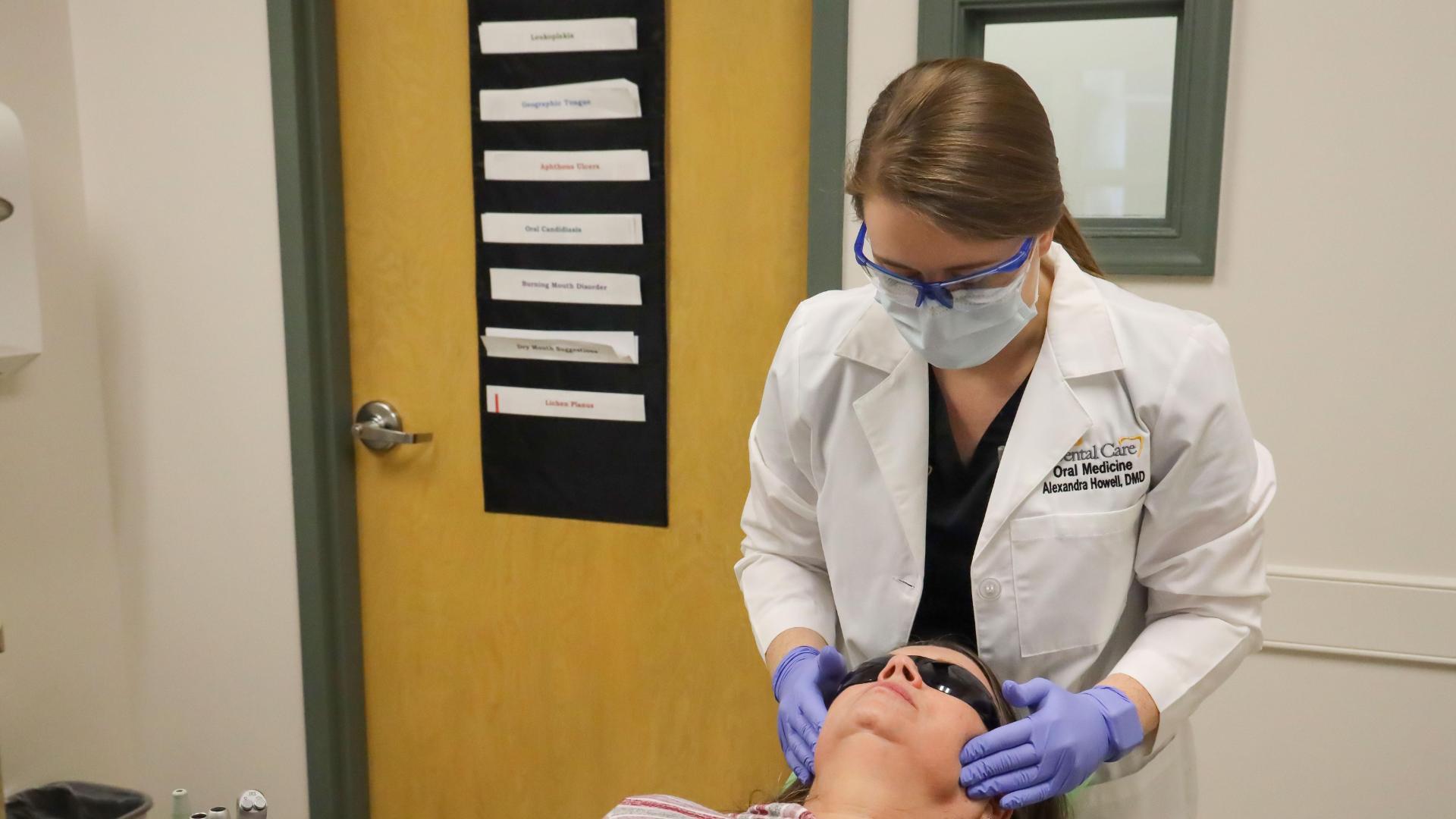Impact of Proposed Medicaid Funding Cuts on Rural Healthcare and Sustainable Development Goals

Michael Shepherd, a health policy researcher at the University of Michigan, warns that major cuts to Medicaid funding could lead to widespread hospital closures and reduced healthcare access in rural communities across the United States. This report emphasizes the implications of such cuts in the context of the United Nations Sustainable Development Goals (SDGs), particularly SDG 3: Good Health and Well-being, and SDG 10: Reduced Inequalities.
Significance of Medicaid for Rural Communities
Medicaid plays a critical role in sustaining rural healthcare systems and ensuring access for vulnerable populations. Key facts include:
- 23% of rural Americans are insured by Medicaid, compared to 19% nationally.
- Approximately 50% of rural children receive Medicaid coverage.
- Medicaid finances over half of rural births.
Rural hospitals, mental health clinics, and physician offices rely heavily on Medicaid reimbursements. Funding cuts threaten the viability of these institutions, impacting not only Medicaid recipients but the entire rural population, including those with private or employer-sponsored insurance.
Consequences of Medicaid Funding Loss on Rural Hospitals
Case Study: McNairy County, Tennessee
- In 2016, the county lost its regional hospital primarily due to the state’s decision not to expand Medicaid.
- Residents now travel 45 minutes to an hour for healthcare services.
- Medicaid recipients in Tennessee cannot access out-of-state care, further limiting options.
Research findings demonstrate that rural hospital closures result in:
- Increased travel distances for common care (average 20 miles) and specialized care (average 40 miles).
- Elevated health risks during emergencies such as strokes and heart attacks.
- Higher mortality rates and worsened maternal and obstetric outcomes.
These outcomes directly undermine SDG 3 by reducing access to quality healthcare and increasing health disparities.
Broader Economic and Social Impacts of Medicaid Cuts
Rural hospitals often serve as major employers, contributing up to 10% of local jobs. The closure of these facilities leads to:
- Rising unemployment and decreased income levels.
- Population decline as residents relocate for employment opportunities.
- Reduced access to mental health services, as community providers depend on Medicaid funding.
These effects exacerbate social inequalities and economic instability, conflicting with SDG 8: Decent Work and Economic Growth, and SDG 10: Reduced Inequalities.
Comparative Outcomes in Medicaid Expansion vs. Non-Expansion States
Analysis reveals stark differences based on Medicaid expansion status:
- Rural hospital closures have nearly ceased in states that expanded Medicaid.
- Non-expansion states continue to experience increasing closure rates.
- Approximately 80% of rural hospital closures since the Affordable Care Act have occurred in Republican-led states that did not expand Medicaid.
According to the Center for Healthcare Quality and Payment Reform, over 300 rural hospitals face immediate risk of closure, a situation likely to worsen with proposed Medicaid cuts.
Political Dynamics Affecting Medicaid Policy and Rural Health
Research indicates a complex political accountability issue where voters often misattribute responsibility for healthcare outcomes. Key observations include:
- Voters in states that rejected Medicaid expansion often blame Democrats and the Affordable Care Act despite negative outcomes resulting from state-level decisions.
- This misattribution fosters a “rural health spiral,” where declining trust in government solutions leads to support for politicians less inclined to address healthcare issues.
- Republican politicians may gain electoral advantage despite policies that harm rural health, while Democrats face political penalties despite enacting beneficial policies.
This dynamic challenges progress toward SDG 16: Peace, Justice and Strong Institutions, by undermining effective governance and policy implementation.
Broader Implications and Public Opinion on Medicaid
Medicaid cuts pose risks to all rural residents, not only Medicaid beneficiaries, by threatening healthcare access and economic stability. Public opinion surveys show strong bipartisan support for Medicaid:
- 61% of Republicans
- 71% of Independents
- 83% of Democrats
This consensus underscores the misalignment between proposed policy cuts and community needs, highlighting the importance of inclusive policymaking aligned with SDG 3 and SDG 10.
Conclusion
Proposed Medicaid funding reductions threaten to exacerbate healthcare disparities, economic challenges, and social inequalities in rural America. Protecting Medicaid funding is essential to advancing Sustainable Development Goals related to health, equality, economic growth, and effective governance.
Source
1. Sustainable Development Goals (SDGs) Addressed or Connected
- SDG 3: Good Health and Well-being
- The article focuses on access to healthcare, rural hospital closures, and health outcomes, directly relating to ensuring healthy lives and promoting well-being for all ages.
- SDG 8: Decent Work and Economic Growth
- Rural hospitals are major employers in their communities; closures lead to job losses and economic decline, linking to promoting sustained, inclusive economic growth and decent work.
- SDG 10: Reduced Inequalities
- The article highlights disparities in healthcare access between rural and urban areas and the disproportionate impact of Medicaid cuts on rural populations.
- SDG 1: No Poverty
- Medicaid supports low-income populations in rural areas, including children and mothers, thus contributing to poverty alleviation efforts.
2. Specific Targets Under Those SDGs Identified
- SDG 3: Good Health and Well-being
- Target 3.8: Achieve universal health coverage, including financial risk protection and access to quality essential health-care services.
- Target 3.1: Reduce the global maternal mortality ratio (relevant as Medicaid covers over half of rural births).
- Target 3.4: Reduce premature mortality from non-communicable diseases and promote mental health (related to mental health clinics relying on Medicaid).
- SDG 8: Decent Work and Economic Growth
- Target 8.5: Achieve full and productive employment and decent work for all, including rural populations.
- SDG 10: Reduced Inequalities
- Target 10.2: Empower and promote the social, economic and political inclusion of all, including rural communities.
- SDG 1: No Poverty
- Target 1.3: Implement social protection systems and measures for all, including vulnerable rural populations.
3. Indicators Mentioned or Implied to Measure Progress
- Healthcare Access Indicators
- Number and rate of rural hospital closures (implied by data on closures and risk of closure).
- Average distance traveled for healthcare services after hospital closures (20 miles for common care, 40 miles for specialized care).
- Mortality rates and birthing outcomes in rural areas following hospital closures.
- Percentage of rural population insured by Medicaid (23% rural vs. 19% national).
- Coverage rates of children and births by Medicaid in rural areas.
- Economic Indicators
- Employment rates in rural communities, particularly in healthcare sector (up to 10% of jobs).
- Income levels and migration rates due to hospital closures.
- Policy and Political Indicators
- Number of states expanding Medicaid versus those not expanding (linked to hospital closure rates).
- Public opinion on Medicaid importance across political parties.
4. Table of SDGs, Targets, and Indicators
| SDGs | Targets | Indicators |
|---|---|---|
| SDG 3: Good Health and Well-being |
|
|
| SDG 8: Decent Work and Economic Growth |
|
|
| SDG 10: Reduced Inequalities |
|
|
| SDG 1: No Poverty |
|
|
Source: news-medical.net







